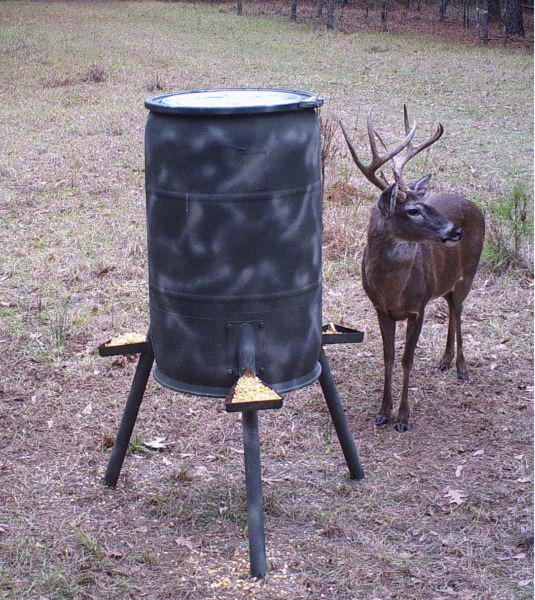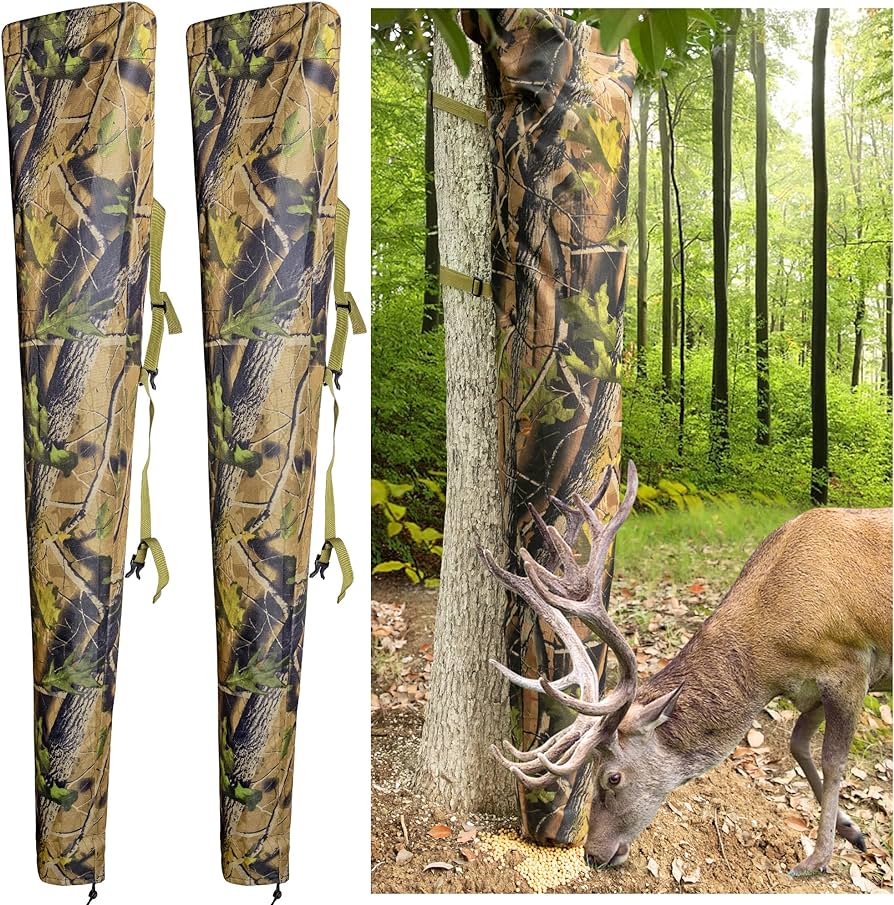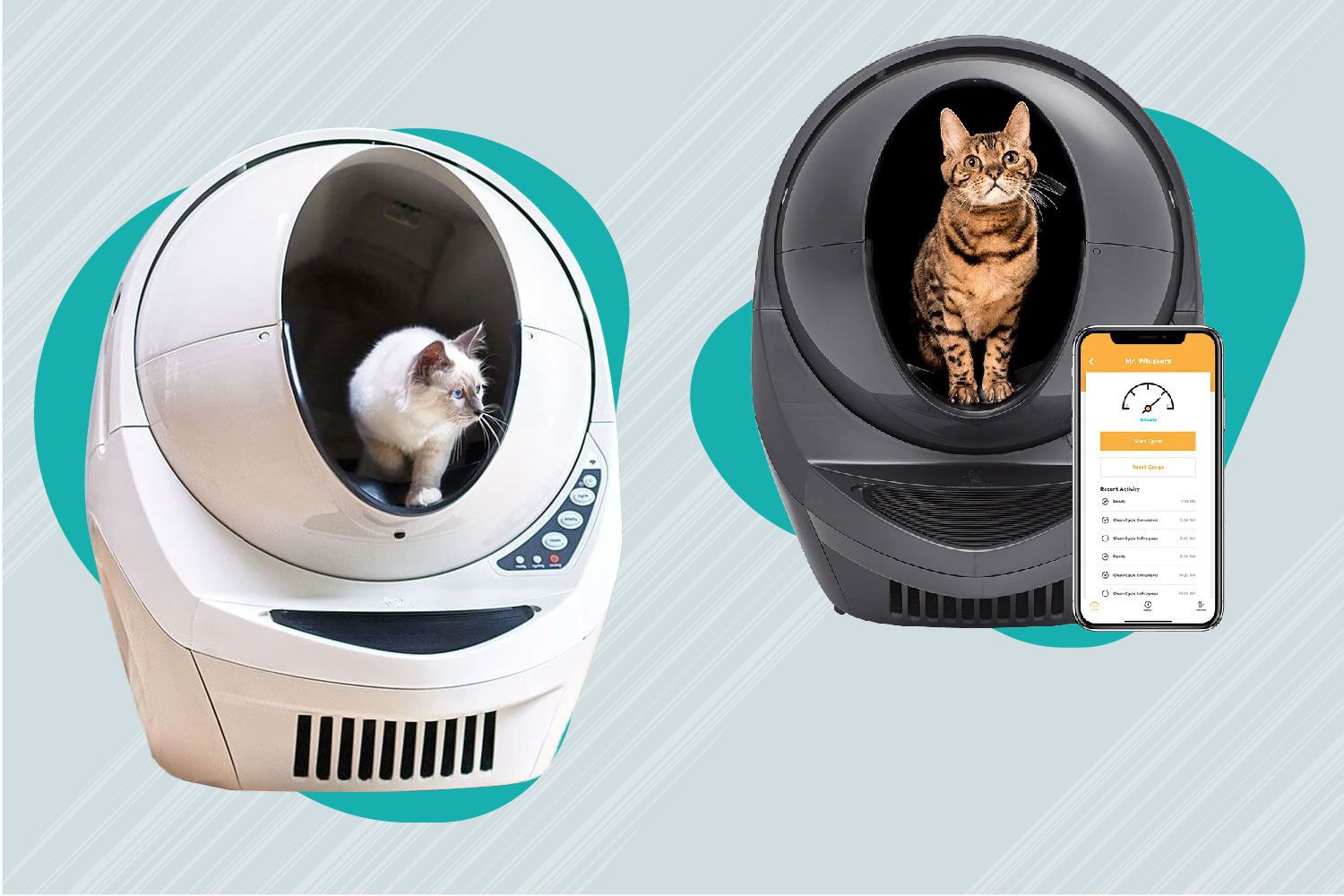
In the realm of wildlife management, deer feeders have emerged as a popular tool for providing supplemental food to deer populations. While commercial deer feeders are readily available, PVC deer feeders offer a cost-effective and DIY solution for those seeking a practical approach to attracting and supporting these fascinating creatures.
Unveiling the Benefits of PVC Deer Feeders
PVC deer feeders serve a crucial purpose, particularly during periods of natural food scarcity, such as harsh winters or droughts. By providing a consistent source of nourishment, these feeders can significantly enhance the health and well-being of deer populations.
The advantages of PVC deer feeders extend beyond the benefits they provide to deer. Landowners can utilize these feeders to attract deer for hunting or observation, effectively manage deer populations in specific areas, and minimize damage to landscaping or crops.
Selecting the Ideal Location for Your PVC Deer Feeder
The placement of your PVC deer feeder plays a pivotal role in its effectiveness. Carefully consider factors such as proximity to deer habitats, water sources, and natural food sources when choosing a location.
Shelter plays a vital role in protecting the feed from wind and rain, while also providing deer with a sense of security. Avoid placing the feeder too close to human structures or areas of high human activity to minimize potential conflicts between deer and humans.
Designing and Constructing Your PVC Deer Feeder
Embarking on the construction of your PVC deer feeder requires careful planning and execution. Gather the necessary materials, including high-quality PVC pipes and fittings, and follow a detailed step-by-step guide to ensure a sturdy and functional feeder.
Customize the feeder’s size and design to suit the specific needs of your deer population and the available space on your property. Consider factors such as the number of deer in the area and the desired feeding capacity.
Filling and Maintaining Your PVC Deer Feeder
The type of feed you choose is crucial for the health and well-being of the deer. Opt for high-quality options such as corn, soybeans, or a mixture of grains and minerals.
Regularly replenish the feeder to ensure a consistent supply of food for the deer. Establish a routine for filling the feeder, considering factors such as weather conditions and deer activity.
Proper maintenance is essential to prevent the accumulation of mold, mildew, or pests. Regularly clean the feeder and inspect it for any signs of damage or malfunction.
Safety Considerations and Potential Issues
While PVC deer feeders offer numerous benefits, it’s essential to be mindful of potential safety hazards and potential issues.
Deer feeders can attract predators, increasing the risk of predation. Additionally, the spread of diseases among deer can be a concern, particularly in areas with high deer densities.
Regularly monitor the feeder for signs of damage or malfunction, and take prompt action to address any issues. This proactive approach will help ensure the safety of both deer and the surrounding environment.
Legal Regulations and Local Restrictions
Before embarking on your deer feeding venture, it’s crucial to familiarize yourself with any applicable legal regulations or local restrictions.
Deer feeding practices may be subject to specific regulations or restrictions, depending on your location. Research local laws and consult with wildlife authorities to ensure your activities comply with the law.
Responsible feeding practices are paramount to minimizing negative impacts on deer populations and the surrounding environment. Adhering to local regulations and working with wildlife professionals will help ensure a harmonious coexistence between deer and humans.
Alternative Deer Feeding Options
While PVC deer feeders offer a practical and cost-effective solution, there are alternative deer feeding options available.
Commercial deer feeders, often automated and more sophisticated, provide convenience and ease of use. Pre-packaged deer feed offers a consistent and controlled feeding option, while natural food plots can enhance the natural food sources available to deer.
The choice of deer feeding method depends on individual needs and preferences. Consider factors such as cost, convenience, effectiveness, and the desired level of interaction with deer populations.
The Role of Deer Feeders in Wildlife Management
Deer feeders play a significant role in wildlife management practices, particularly during challenging periods such as harsh winters or when specific deer populations require supplemental food.
Working closely with wildlife professionals and local agencies is essential to develop a comprehensive deer management plan that incorporates appropriate feeding strategies.
A balanced approach to deer management is crucial, considering the needs of deer populations, the sustainability of the ecosystem, and the interests of landowners and stakeholders.
Conclusion: A Responsible Approach to Deer Feeding
PVC deer feeders can be a valuable tool for attracting and supporting deer populations, but responsible feeding practices are paramount.
By carefully considering the location, design, maintenance, and safety aspects of your deer feeder, you can contribute to the well-being of deer while minimizing potential issues.
Remember, responsible deer feeding involves working with wildlife professionals, adhering to local regulations, and adopting a balanced approach to wildlife management. With a thoughtful and responsible approach, you can create a harmonious coexistence between deer and humans, all while fostering a deeper appreciation for these magnificent creatures.
Additional Resources:
-
Websites dedicated to wildlife management and deer feeding practices offer a wealth of information. These websites often provide detailed construction guides for PVC deer feeders, feeding recommendations based on deer species and location, and valuable insights into wildlife management strategies.
-
Local wildlife agencies and organizations can be invaluable resources. These agencies can provide guidance and support for responsible deer management in your area. They may offer educational programs, workshops, or connect you with wildlife professionals who can offer expert advice on deer feeding and wildlife management tailored to your specific needs.
-
Contact details for wildlife professionals can be found through local wildlife agencies or online directories. These professionals can offer expert advice on creating a deer feeding plan, selecting the appropriate feed type, and ensuring your feeding practices comply with local regulations. By working with wildlife professionals, you can gain valuable insights and contribute to the long-term health of deer populations and the surrounding ecosystem.

Glossary of Terms:
-
Supplemental Feeding: Providing additional food to wildlife beyond what is naturally available in their habitat.
-
Deer Population: A group of deer inhabiting a specific area.
-
Harsh Winters: Winter seasons characterized by extreme cold temperatures and reduced availability of natural food sources.
-
Droughts: Extended periods of abnormally dry weather that can significantly impact vegetation growth and food availability for wildlife.
-
Wildlife Management: The practice of manipulating wildlife populations and their habitats to achieve specific goals, such as maintaining healthy populations, minimizing human-wildlife conflicts, and promoting biodiversity.
With this comprehensive guide and the additional resources provided, you are now equipped to embark on your journey of constructing and utilizing a PVC deer feeder. Remember, responsible feeding practices are key to ensuring the well-being of deer populations and fostering a healthy and balanced ecosystem in your area. So, get out there, design your feeder, and enjoy the experience of attracting and supporting these fascinating creatures!

